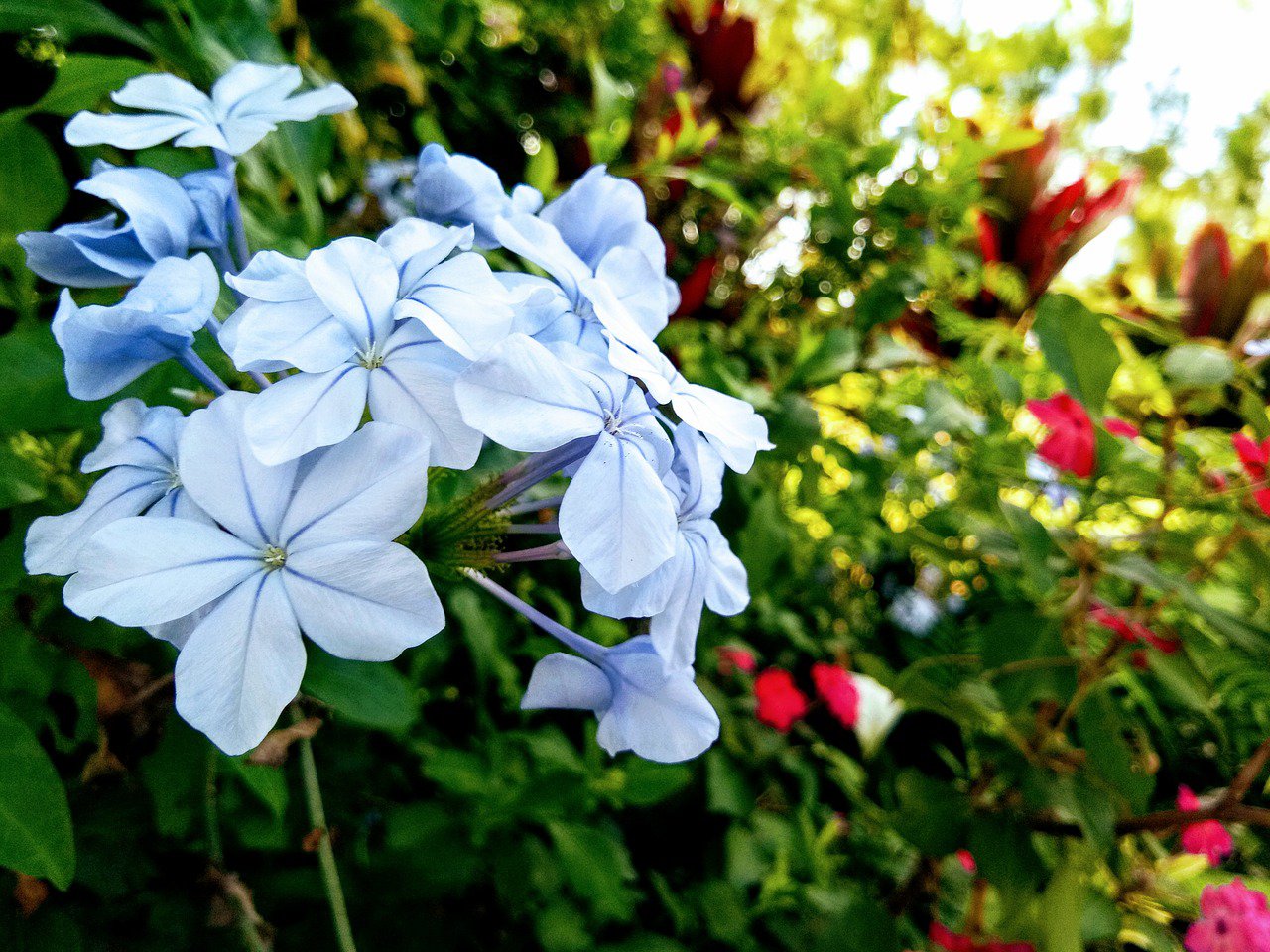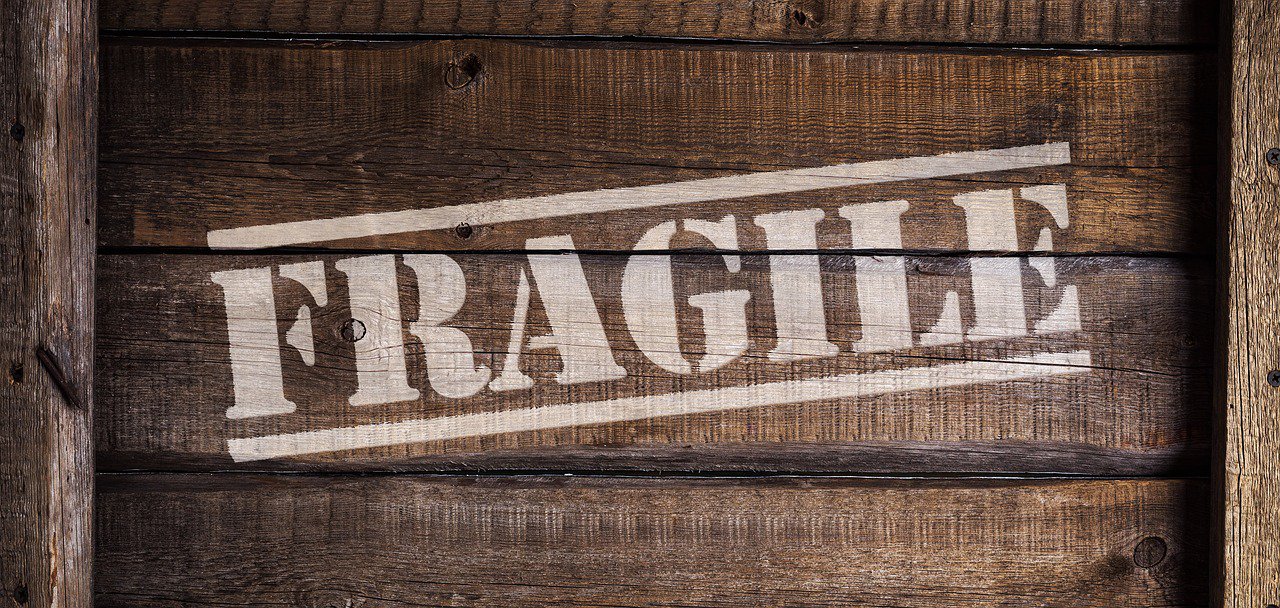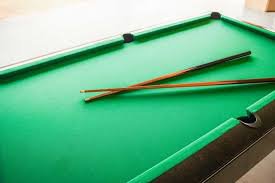As there are several different tastes and styles available, how to design a backyard might seem difficult to conceptualize. However, there are elemental concepts you can follow to design your backyard in order to make sure it includes all the necessary components for a pleasing and stunning space. Moreover, if you are selling, you can transform your yard into a nice and relaxing spot for those interested in buying a house in Arizona. So, how do you design a perfect backyard? Let’s find out.
Design Your Backyard Layout

Follow the next tips to include the basic elements your backyard needs to suit your needs, especially now that it seems that newer homes come with small backyards more frequently.
Choose Interesting Plants
While doing your backyard garden plans, make sure to pick plants that do more than just bloom to extend seasonal displays.
Design Primary and Secondary Paths Carefully
While planning your backyard garden design, make sure the primary paths are at least 5 feet wide. Secondary paths can be smaller, but not less than 3 feet wide if possible.
Design Your Steps for Comfortable Navigation
Comfort is a very important element of how to design a backyard. After determining the rise, calculate the ideal dimensions as following: 26 inches – (2 x the rise) = the run. If your stairway has more than 10 steps, place landings at every fourth or fifth step. Keep in mind they should be at least as deep as the steps are wide.
Add a Pergola or an Arbor
Besides using garage door technology to enhance your home, there are some extras you can add to your yard to improve your home’s appeal. For safe clearance, make sure this structure is at least 7 feet tall. Also, if you plan to train climbing plants to grow over it, add another 18 inches.
Don’t Crowd Your Patios or Pathways
To avoid crowding your patios or pathways, place your plants at least 2 or 3 feet back from the edge, especially those plants taller than 30 inches. Moreover, make sure to keep your yard clean to prevent or stop a pest infestation.
Create a Balance
How do you design a perfect backyard? Although it might not seem simple, a helpful key to achieving a great backyard is to balance your lawn and planting areas. Make sure your low-maintenance garden can be enjoyed for its beauty and used for recreation.
Locate Utilities in Advance
An important aspect of how to design a backyard successfully is to locate utilities before digging in, to avoid hitting pipes while excavating trenches or making grade changes.
Create a Spot to Relax
How do you design a perfect backyard? Make sure to create a relaxing environment. To do so, add trees, shrubs, and large-scale perennials to block out harsh winds and hot sun.

Add a Safe Walkway
Safety is important in how to design a backyard as well. Choose paving materials with a coarse texture and place them at a 1 to 2 % slope, so water can runoff.
Design Comfortable Patios
When it comes to your patio furniture, how do you design a perfect backyard? Make sure everyone’s comfortable. To do so, make sure there are at least 4 square feet of space per person. Your family and guests will appreciate it!
Leave Enough Space for Your Plants Final Size
While making your backyard garden plans, knowing the mature size of a plant is very important. This will allow you to leave enough space between one plant and another for the moment they grow to their ultimate size.









